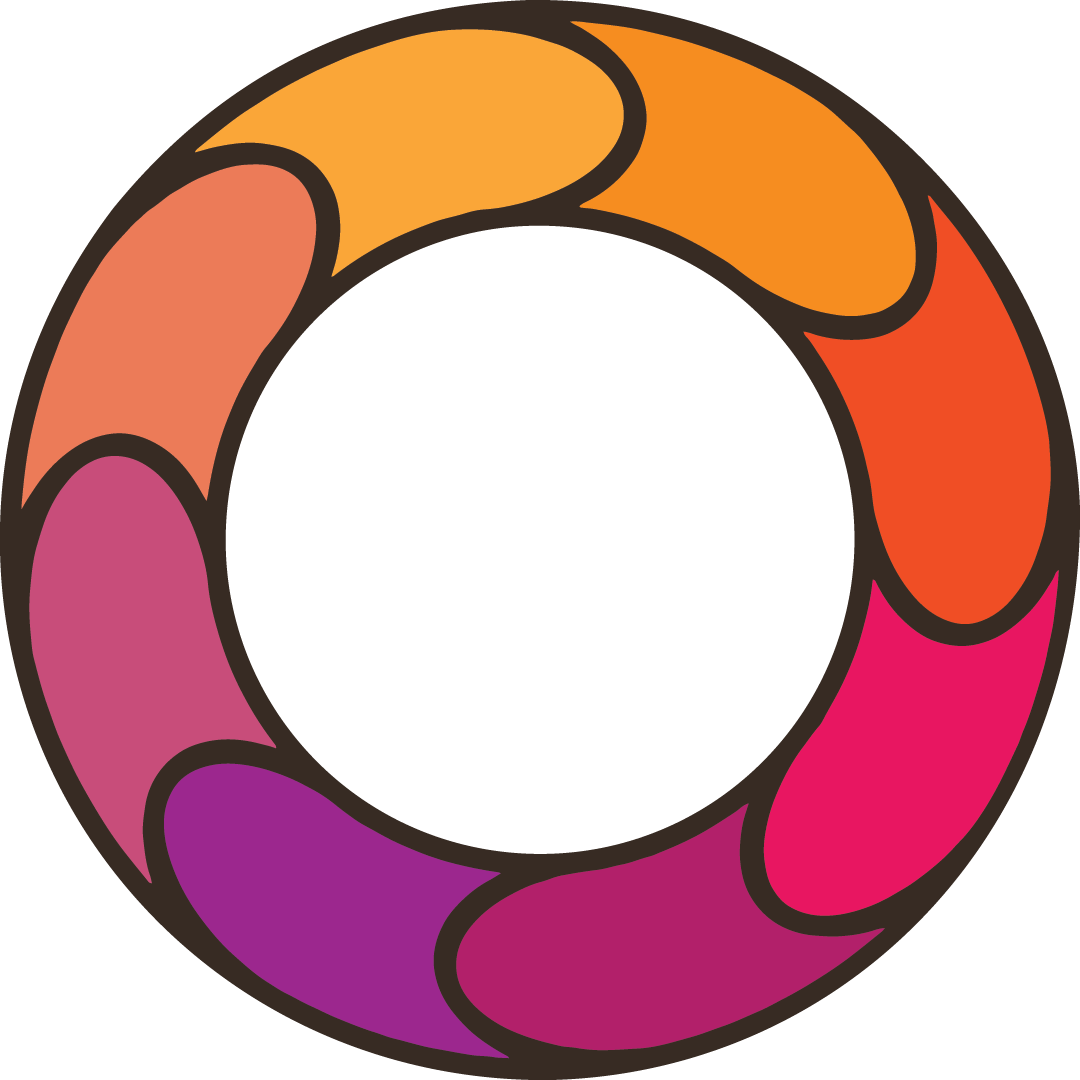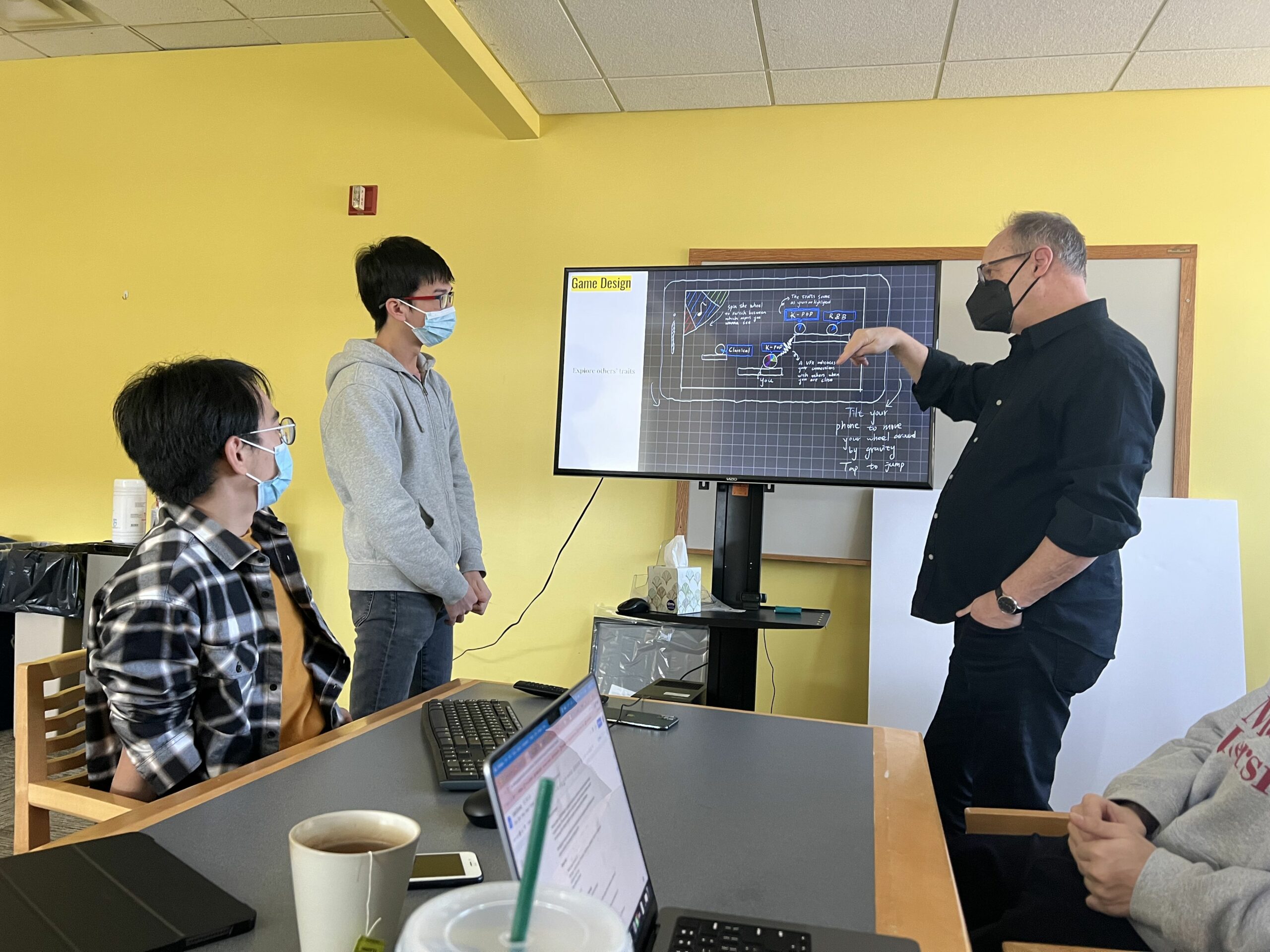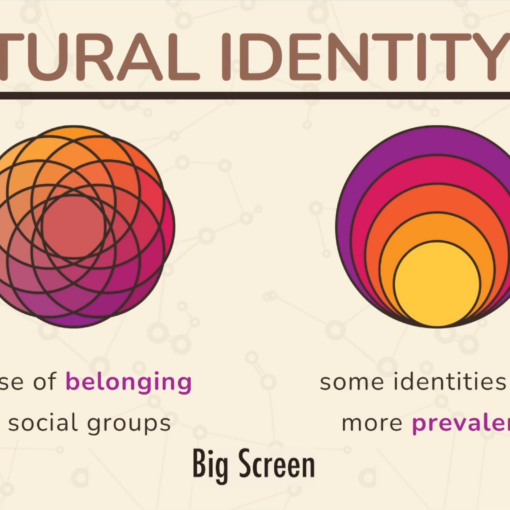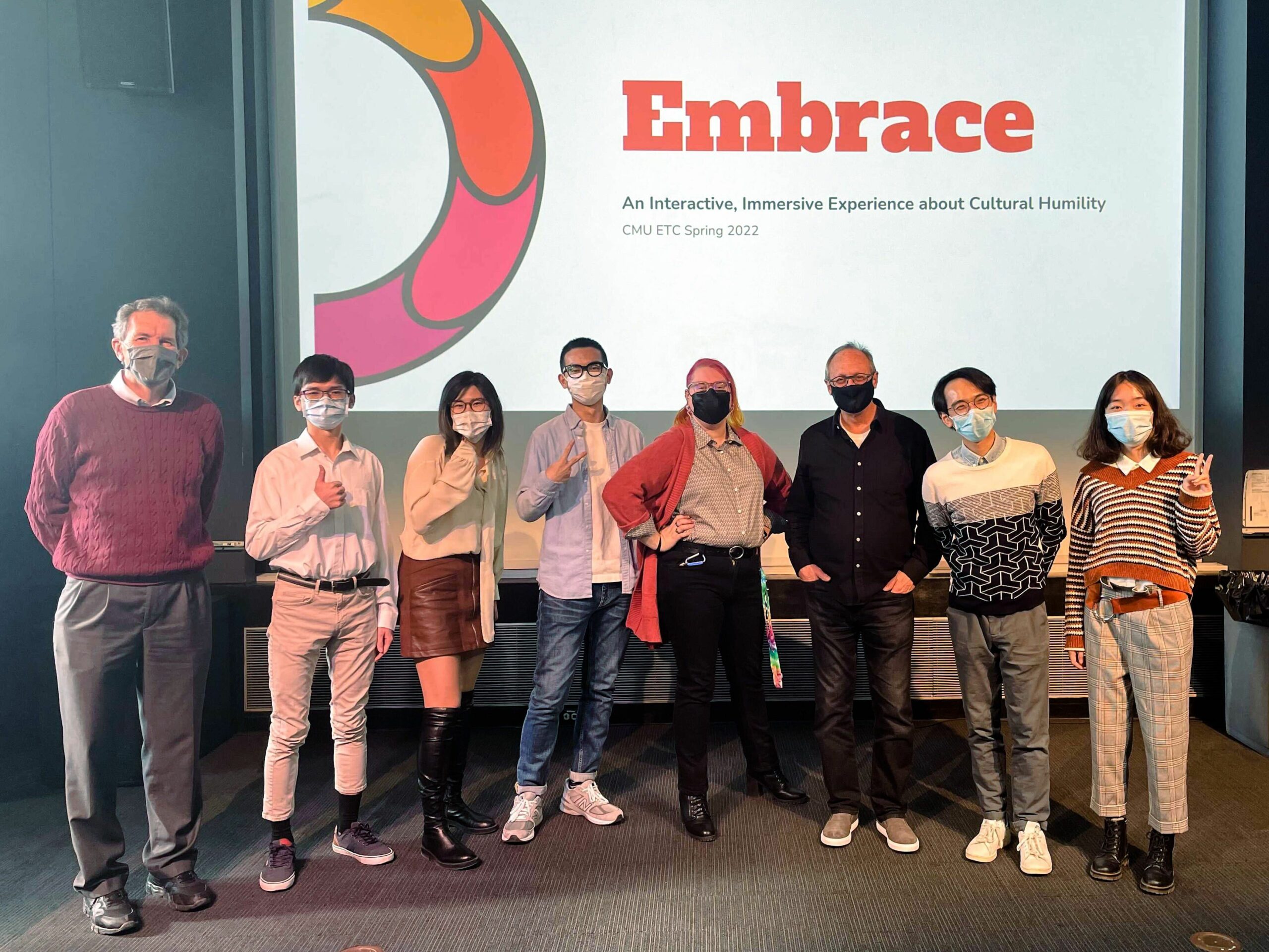Summary:
We are moving forward with Culture Lite, where players share less personal identities. It is midway through Alpha and we are closer to a finished product!
What we have done:
Client Meeting (Mar.14)
Immediately after one week of spring break, we resumed our regular weekly meeting with our client. An important decision was made after an in-depth discussion among our team members, client, and instructors, which was to convert our experience to Culture Lite!
To build up the context of the discussion, we were considering around 8-12 categories to cover in the cultural wheel, including sexuality, religion, gender, race, ethnicity, nationality, economics, household, languages, hobby, food, and music(image attached). Most categories could be very personal and although we gave the players options to hide their answers to others, there were consistent concerns that players would not be comfortable with the experience. With our audience targeting first-year college students, are they mentally prepared to reflect on such a wide range of identities during their first orientation? To account for the concern, we decided to reduce the number of categories to 6, including only music, food, hobbies, finances, home, and ethnicity (image attached). As a result of removing many personal questions, we expect players to feel less stressed answering them, as we observed during some playtests. To better serve the purpose of life-long learning of the concept of cultural humility, we wanted this Culture Lite experience to only be an introduction.
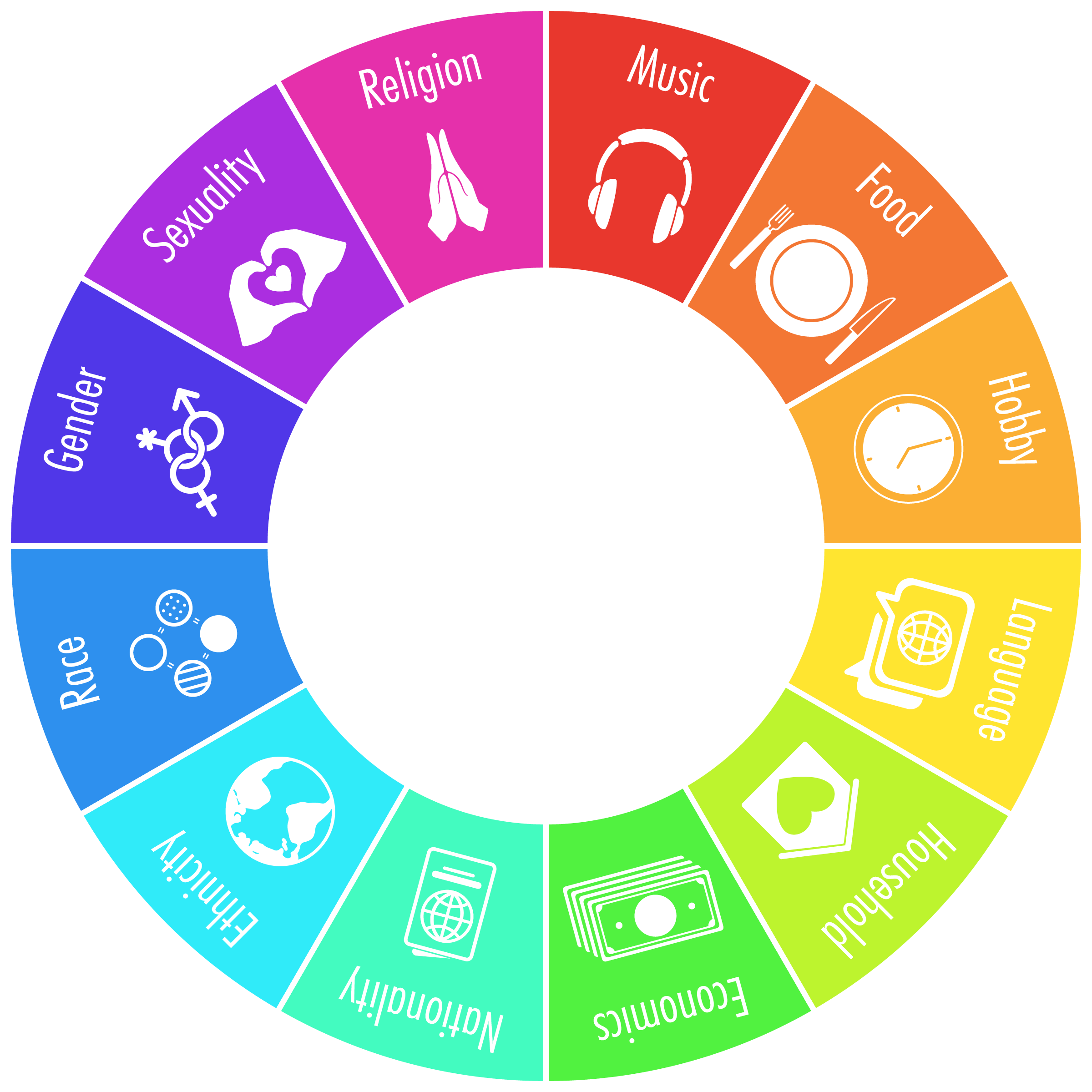
Original Cultural Wheel with 12 Categories 
New Cultural Wheel with 6 Categories
Culture Humility Workshop from CMU College of Engineering (Mar.16)
CMU College of Engineering has also started organizing monthly online workshops on cultural humility. Although mainly targeted at faculty and staff members, students are welcome to participate as well. The online workshop was also 90 minutes long consisting of presentations, discussions, and breakout sessions via Zoom. The session focused on topics such as empathy vs sympathy, definition of cultural humility, micro-affirmations vs micro-aggressions, and racial bias and response on campus (links attached). Being part of this workshop, I felt that our experience-in-development could help engage participants more at the start and make the learning process more fun and interactive, in addition to solely presentation slides.
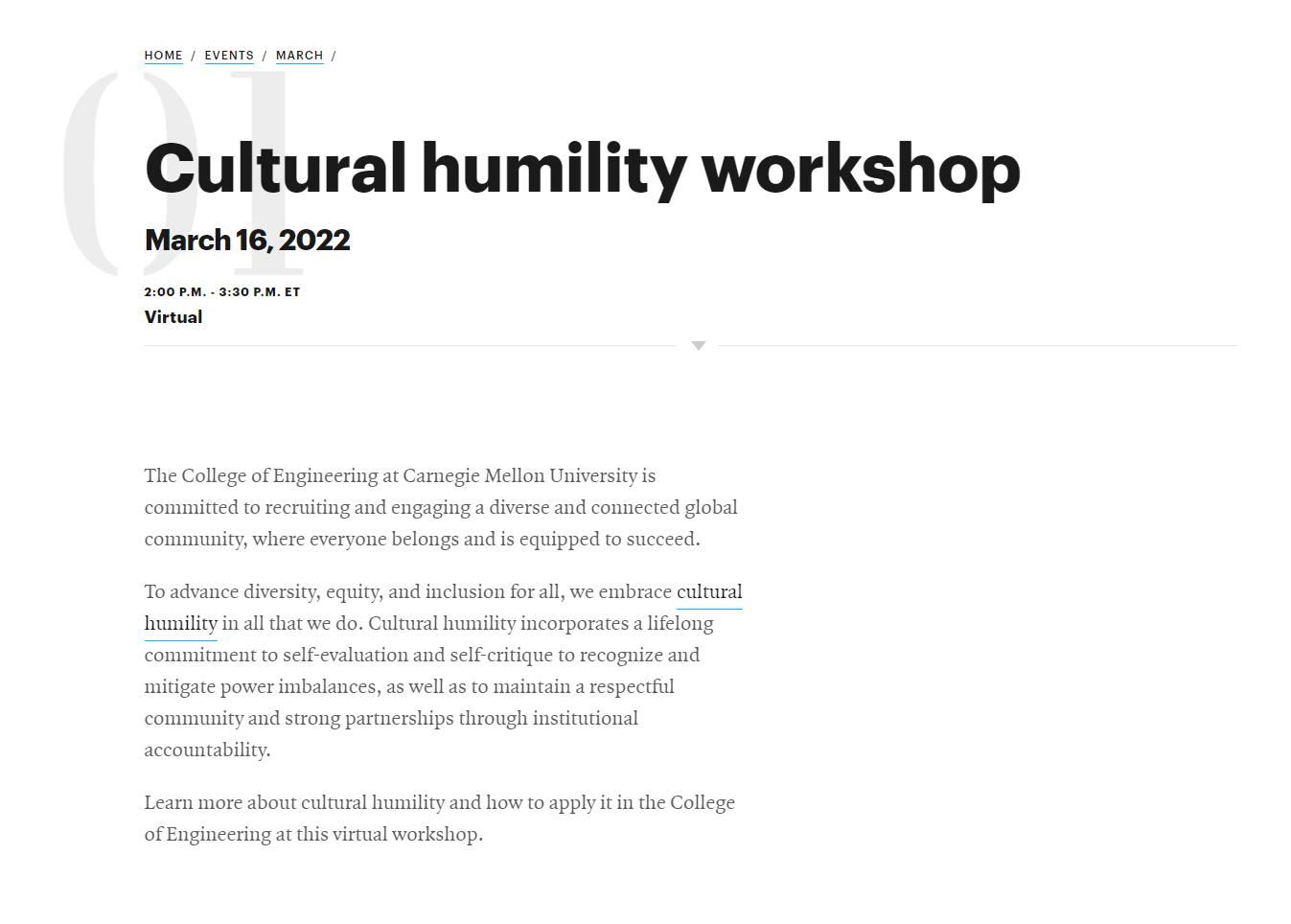
Playtest with Carl Rosendahl (Mar.16)
Carl Rosendahl is a Distinguished Professor of Practice and the Director of ETC’s Silicon Valley campus. He was a founding board member of the Visual Effects Society (VES) in 1995 and served as the Chair of the Society’s Board of Directors from 2004 through 2006. The Visual Effects Society is an organization comprised of over 1,500 visual effects professionals who desire to honor, advance and promote visual effects for its membership and the industry as a whole.
We scheduled an in-person playtest with Carl as he was visiting the Pittsburgh campus for the week. The overall playtest experience was good with lots of questions asked and answered during gameplay. Some of the difficulties come from UI aspects, such as how to move his cultural identity wheels and texts being too small to read. All of these feedbacks have been reflected through new tasks in the Task Tracking Sheet.

Instructor Meeting (Mar.18)
Many stretch goals were put out during the instructor meeting, which mostly focus on additional visual elements to facilitate gameplay. For example, timer countdown and hints for team puzzle solving, outlines to make the player distinct from others, and progress bar to indicate puzzle completion status. All of these feedbacks have been reflected through new tasks in the Task Tracking Sheet.
Project Management
To better track the progress during Alpha and Beta phases, weekly deadlines have been added (screenshot attached). During the team meeting on Friday (Mar.18), we went through all the remaining tasks, discussed their priorities, and delegated tasks for the next 4 weeks.
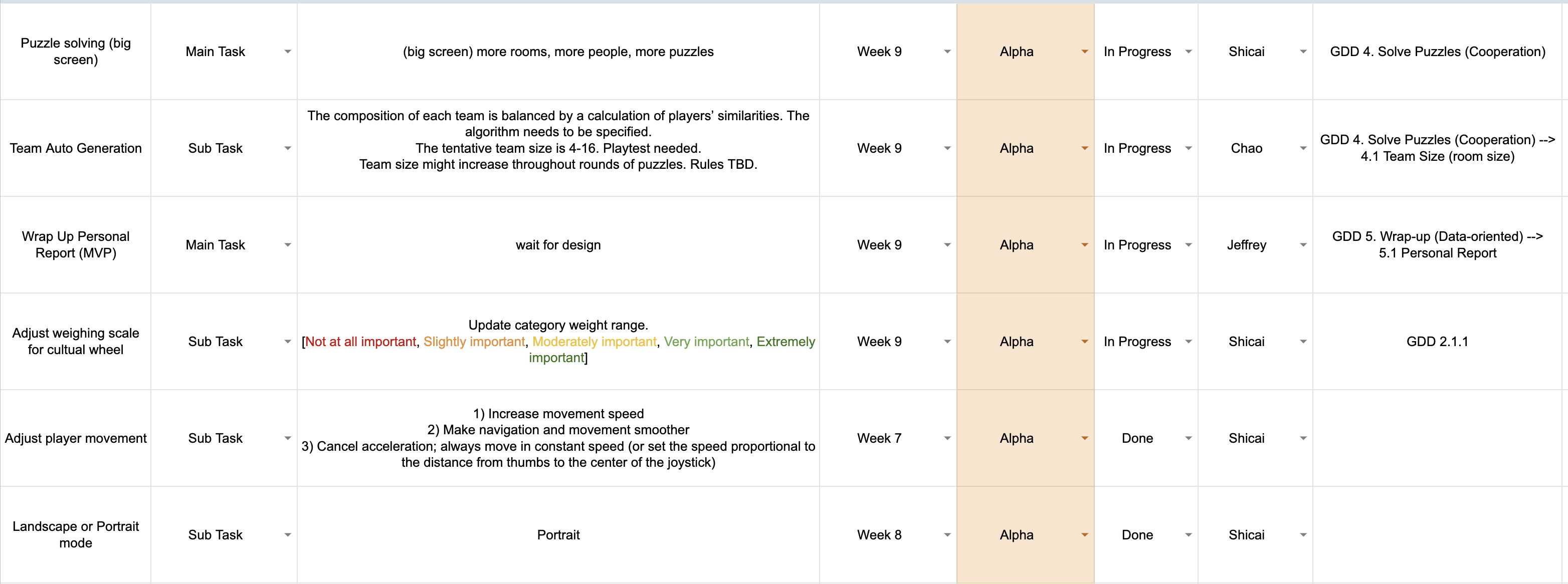
Programming
Due to the increasing workload in programming, we have asked 2 of our game designers (Jeffrey and Chao) to participate in coding as well. Jeffrey and Chao have been working on producing and implementing the algorithms for player’s team generation and merging, puzzle generation, and wrap up reports. Shicai continued to work on non-algorithm related tasks, including implementing the UI design, touch control, facilitator functions, etc. While waiting for the final algorithm for puzzle and team generation, Shicai has implemented a rough framework that handles easy puzzle and team generation and scaling of players.
Art/UI/UX
To further iterate on the latest decision of Culture Lite, a new color palette and culture wheel have been completed with 6 categories (images attached).

New Color Palette 
New Cultural Wheel
Another decision to improve gameplay was to keep the experience in portrait mode (images attached). From video demos of Week 5 and 6, we required players to flip their phone from portrait to landscape midway through the gameplay, which added to the complexity.
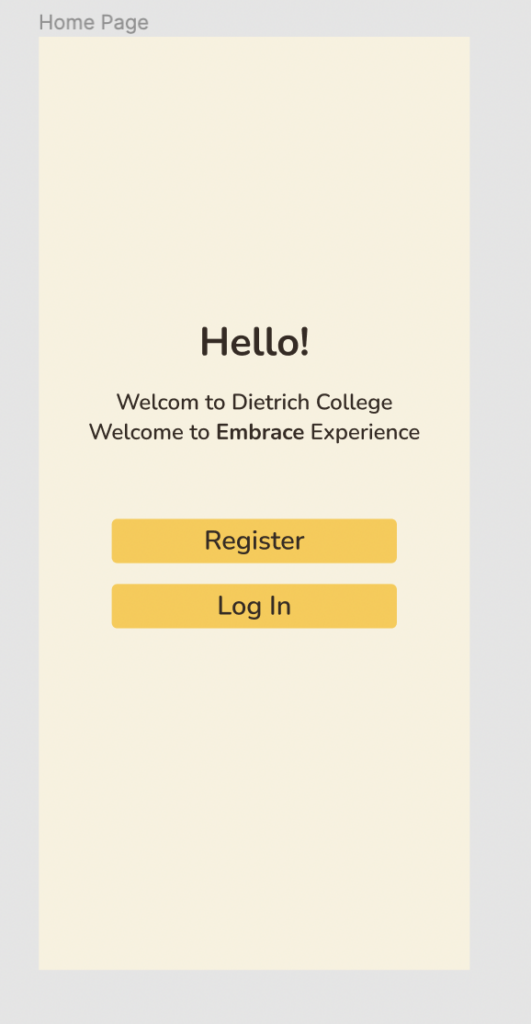

What we plan to do:
Half of Alpha phase has passed and we aim to deliver a complete experience by Mar.28. From beginning to end, the player should be able to create their own cultural wheel, interact with other players, solve puzzles in teams, and view a wrap-up report. There are still issues regarding scaling, networking, and server, which will be the main focus in Beta.
